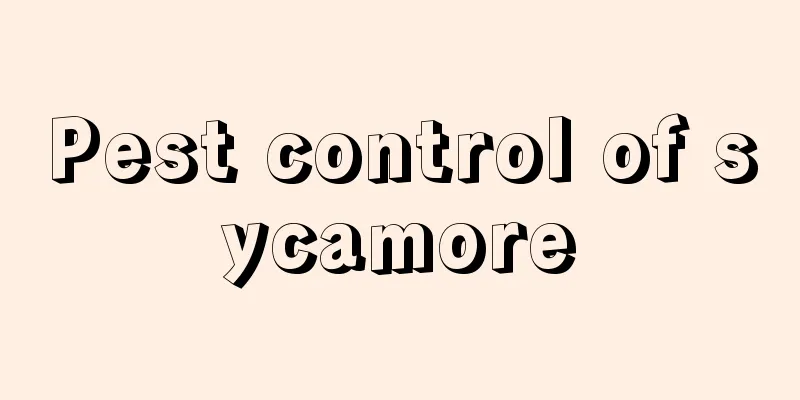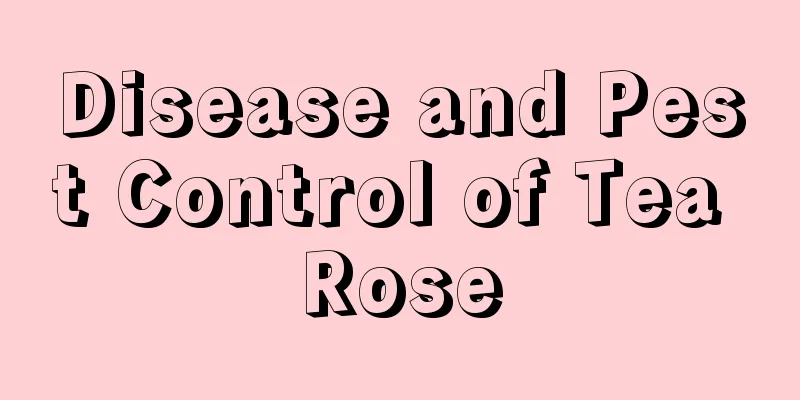Pest control of sycamore

1. Bronze PsyllidPest introduction: This pest is one of the most important pests during the growth of the sycamore tree. Generally, the nymphs damage the sycamore tree by piercing and sucking. The nymphs can also secrete a lot of wax fluff, which will affect the tree's response to light and respiration. Those wax fluffs fall down from May to June every year, which is extremely bad for the environment. The nymphs secrete wax fluff, and the honeydew will also cause it to flourish with sooty mold, which will cause the sycamore tree to suffer doubly harm. In severe cases, the leaves will fall off early, the branches will become very dry, and the surface bark will be particularly rough and easily broken, seriously affecting its growth and development. Moreover, this type of insect can produce three generations a year, all of which overwinter in the form of eggs on branches. Of course, the first generation is the most serious. Prevention and control methods: We can generally use chemical prevention methods to spray it with medicine, usually starting in late May. Alternatively, you can utilize and protect some parasitic wasps, ladybugs or some other natural enemy insects, which can also play a good role in prevention and control. 2. Cotton leaf rollerPest introduction: This pest generally produces three generations each year, and the generations overlap. They spend the winter as larvae in weeds or leaf litter. It will transform into a pupa in the spring of the second year, and will be phototactic at night between April and May. At the beginning, the larvae will eat the leaves, leaving only the epidermis. The larvae are also relatively active and can cause great damage. Sometimes in serious cases, all the leaves will be eaten up, causing poor growth of the plant. Prevention and control methods: For prevention and control, we can use our hands to crush all the larvae and pupae inside the rolled leaves to death. Alternatively, when the larvae occur, you can spray some chemicals appropriately to kill them quickly, allowing the plant to grow better. |
<<: Pest and disease control of Magnolia officinalis
>>: Disease and pest control of Bauhinia
Recommend
Succulents, turn broken pots into something magical!
Broken pots become flower pots Flower pots have a...
Where is the best place to plant winter melon and what kind of soil is suitable for planting it?
Winter melon planting area Winter melon can be pl...
How to prune figs in spring
1. How to trim 1. The pruning time is generally a...
The difference between mugwort and wormwood
1. Difference of blades The leaves in the middle ...
When to sow cucumbers?
Cucumber is a dicotyledonous plant and can usuall...
When is the right time to plant ice plant?
The scientific name of ice plant is ice leaf sunf...
Should I use a large or small pot for the pennywort? When should I change the pot?
Pogostemon cablin is a relatively easy plant to g...
What season is lettuce? How to make it delicious and simple
1. What season are the vegetables in? Lettuce is ...
How to grow small tiger tail orchid
1. Soil selection It does not have very high requ...
How to grow ivy in autumn
1. Proper pruning After entering autumn, the grow...
What is watercress?
What is watercress? Watercress is a vegetable tha...
The difference between seven-leaf lotus and Schefflera
1. Leaf Difference The petiole of the seven-leaf ...
How long does it take for the transplanted plum blossom to take root? When is the best time to transplant the plum blossom for survival?
1. How long does it take for the transplanted plu...
Where is the best place to plant peach trees? What kind of environment is suitable for them to grow in?
Peach tree planting area Peach trees are not very...
The solution to the problem of bougainvillea flower falling
1. Supplementary lighting It is a sun-loving plan...









